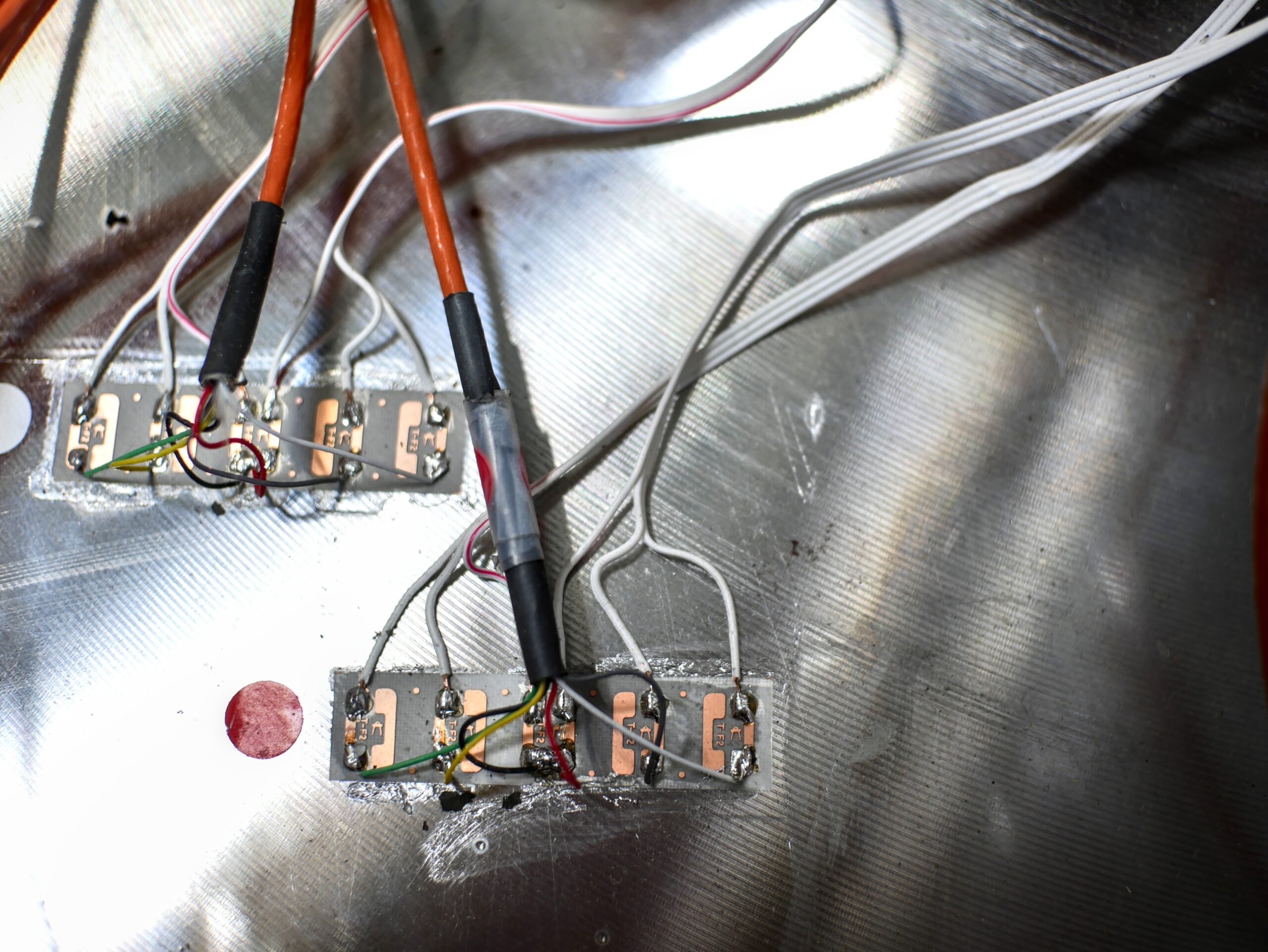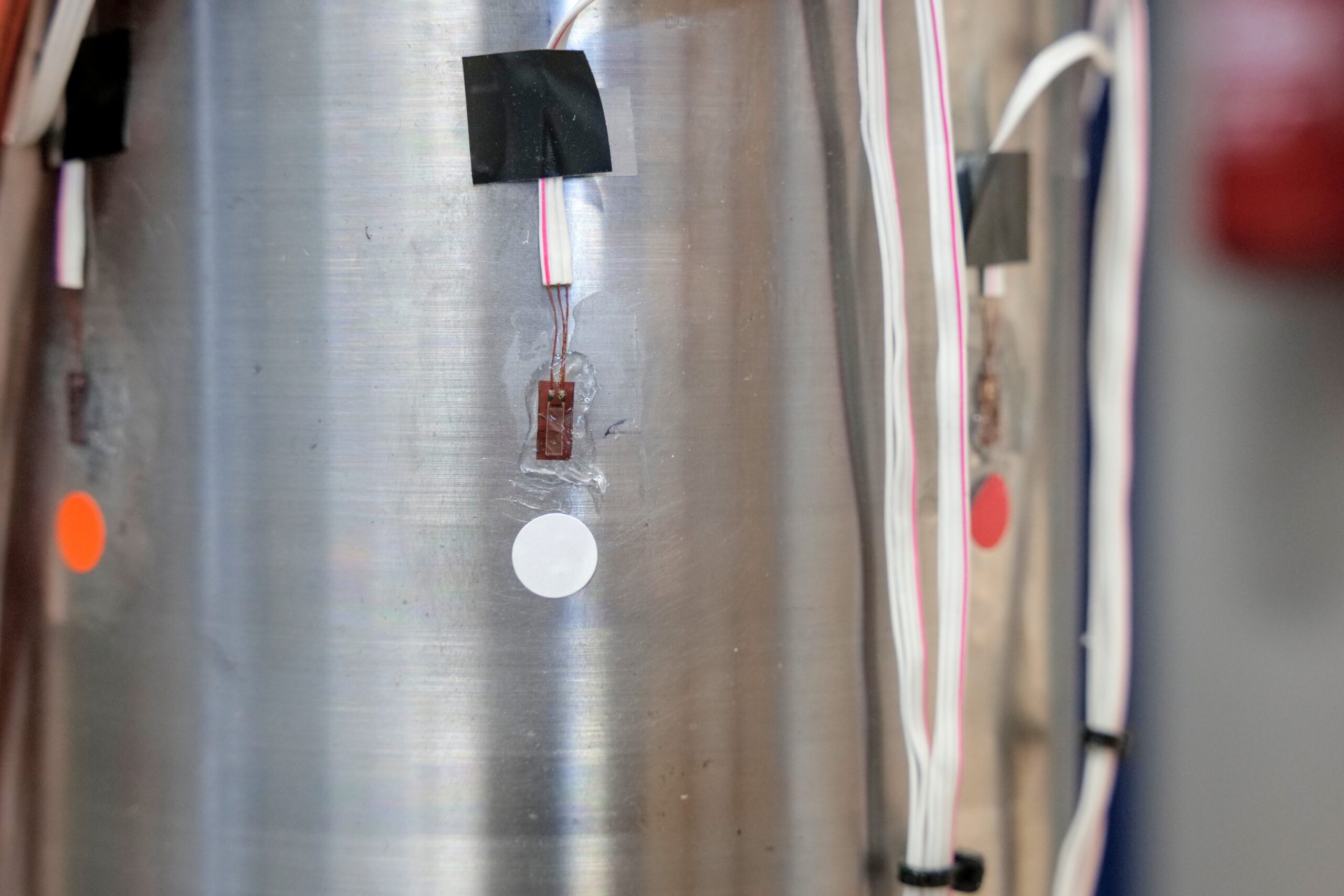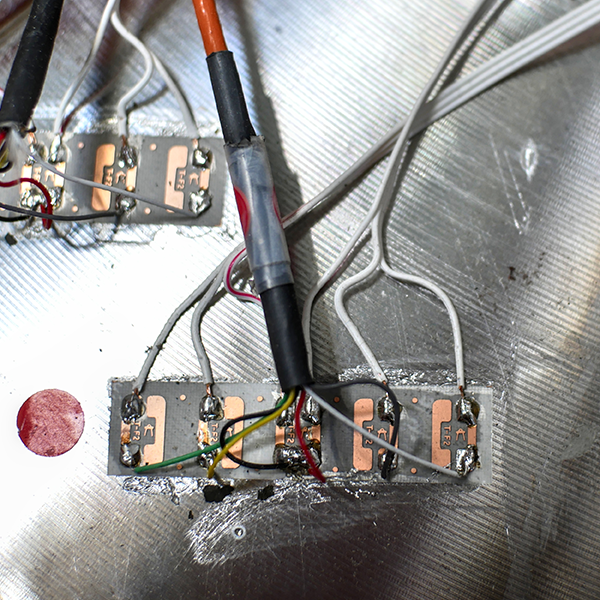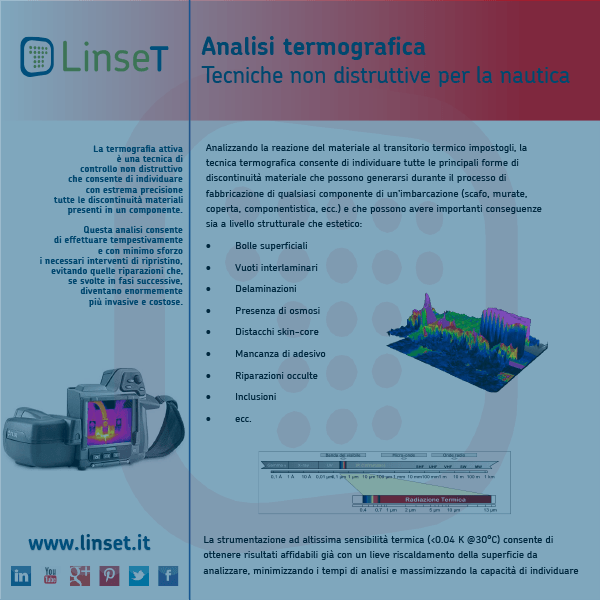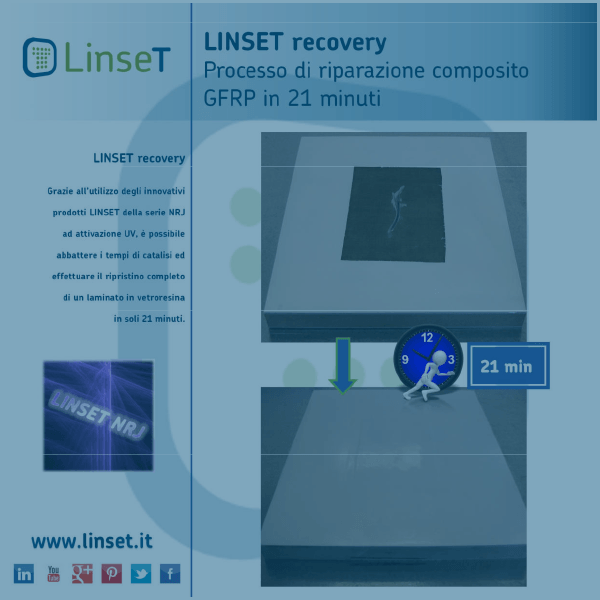Strain gauge measurements are a non-invasive analysis methodology used to measure the condition of materials and structures under various operating conditions or stresses. The utility of strain gauge measurements lies in their ability to precisely monitor mechanical deformations of the analyzed object that would otherwise go unnoticed.
The electrical strain gauge essentially consists of a resistive element. By applying a force, the average deformation is determined through the measurement of the change in electrical resistance experienced by the strain gauge grid installed on the component being analyzed.
Once the deformation value is obtained, it’s possible to derive stress based on the material’s constitutive relationships. This is the general procedure for acquiring strain gauge measurements in a single direction.
In particular, the strain gauge provides, at the installation site, the average deformation along the measurement base in the direction of its longitudinal axis. Such determined deformations are useful for design, testing, and monitoring of components, as well as for the mechanical characterization of materials.
Adopting the general method for strain gauge measurements is undoubtedly useful but limited to detecting single-directional mechanical deformations. To analyze behavior in all directions, which is the most common scenario, strain gauge rosettes are required. The strain gauge rosette is a set of multiple, electrically independent strain gauge grids arranged on a single support and properly oriented with respect to each other.
The use of the Wheatstone bridge electrical circuit, in various configurations (quarter-bridge, half-bridge, and full bridge), helps eliminate measurement disturbances such as the influence of cable length, thermal variations on cables and materials under deformation measurement, yielding highly accurate data from the measurements conducted.

